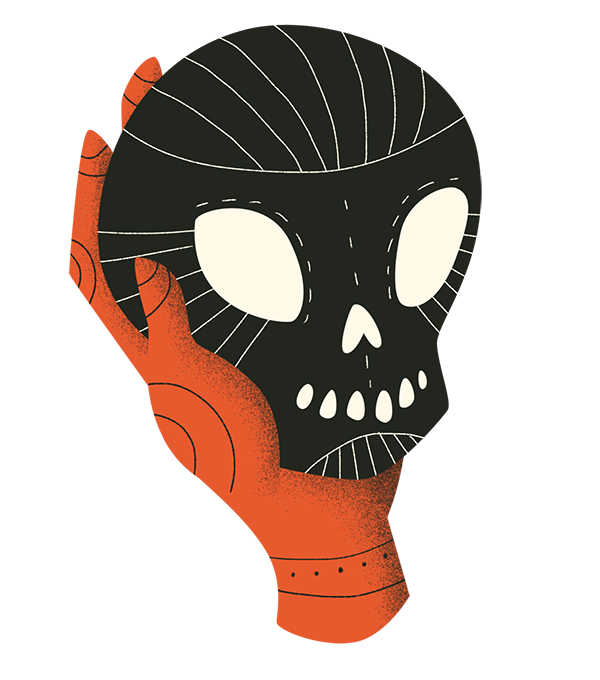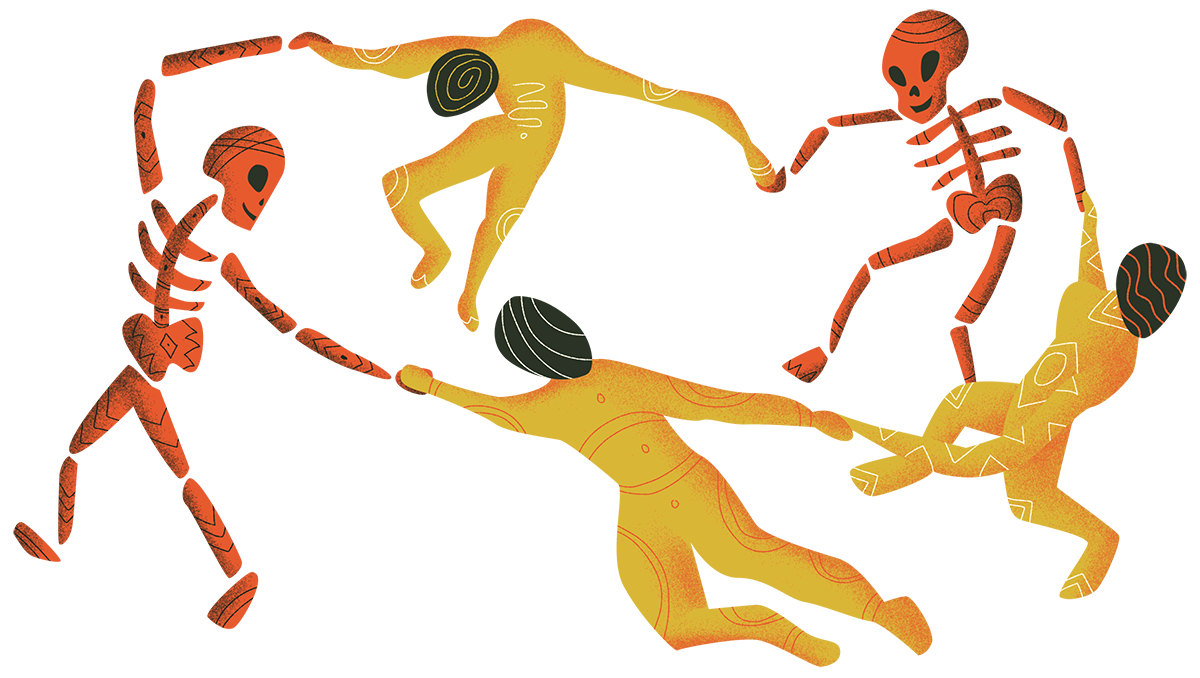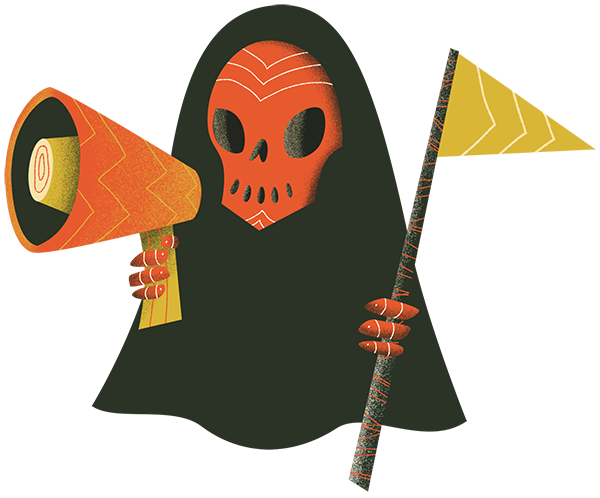Let’s be clear—getting involved in death positivity doesn’t require signing up for mortuary school or drafting a bill to legalize open air funeral pyres in your state. The work you do to face your own mortality and help your family and community can be just as transformative as dedicating your life to the cause.
Learning your rights, having conversations about death, and creating your own death plan are all massive steps that are necessary and vital to the movement. Participate in the ways that serve you, your passions, your abilities, and your wellbeing.



